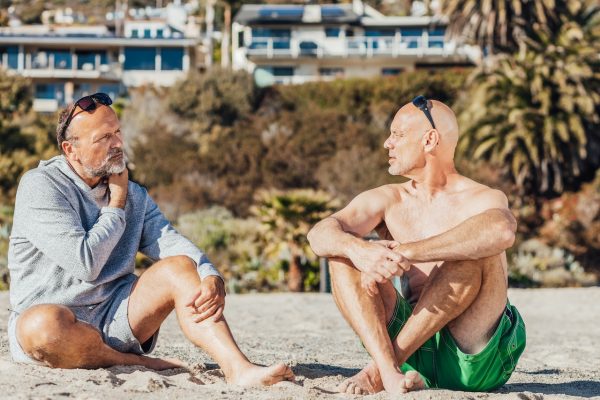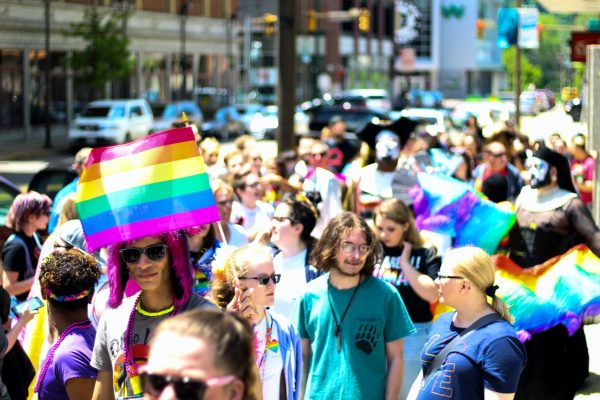After “L” for lesbians in LGBTQIA+, is “G” for gay. I decided to go with the gay community because as you’ll see, gay can encompass many identities.
Gay is used to refer to all people, regardless of sex, whose primary sexual and/or romantic attractions are to people of the same sex. It can also exclusively refer to men who are emotionally, romantically, sexually, affectionately, or relationally attracted to other men, or who identify as members of the gay community. Some lesbians, bisexuals, and transgender individuals may feel excluded by the term “gay.”
The History
“Gay, meaning merry or lively in mood, clearly adopted from the Old French, gai, high-spirited, mirthful”(Herbst 112).
At first, gay was not referring to sexual identity, but rather “a gendered behavior associated with gay life, especially the flamboyance in dress and speech” (qtd in Herbst 113). In the 30s and 40s, gay became used to refer to sexuality, especially for men who did not like the word queer. Then by the 80s, it was broadly used among gay and straight communities “to refer to all men engaged in some form of homosexual activity…” (Herbst 114).
Referring to lesbians: “In the early 1970s, with the rise of the gay liberation movement, those lesbians who identified with gay activism tended to call themselves gay women; those who aligned with the women’s movement preferred to see themselves as lesbian women. This distinction, however, did not last, as lesbians began to set their own agendas and develop their own identities separate from gay liberation…Today…lesbians may give their allegiance to both terms” (Herbst 114).
Stereotypes of Gender Expression
An individual’s gender expression is their physical characteristics, behaviors, and presentations that are linked traditionally to either masculinity or femininity, such as appearance, dress, mannerisms, speech patterns, and social interactions.
While a gay identity can encompass other identities, I’m going to focus on gay men. Regarding gender expression, I think the most common stereotype is feminine behavior. In our binary society, men are expected to act masculine, or manly, but a common gender expression of gay is to act more feminine.
Gay men are also stereotyped as more fashionable and polite, as well as for having a lisp. Sometimes known as a “gay voice,” the Medical Daily clarified that this does not have anything to do with one’s sexual preference. Bryan Lowder, who studied this stereotype, suggested that it is a result of identifying with women or the desire to fit into the gay community. While it is popular, it is a stereotype and not all gay man have it.
Gay Men Stereotypes
- Feminine behavior and lisp (as mentioned above)
- Fashionable and polite (as mentioned above)
- Gay men can’t control their desires
- Their sexuality is caused by parenting or trauma in childhood
- They are pedophiles and tend to molest children
- They don’t want long-term relationships
- They all love Broadway shows/music
- Gay men are drag queens
- They are obsessed with their bodies
- They love to cause drama
With help from here, here, and here
In my opinion, gay is another umbrella term, but is often used in the way lesbian is for women. I hope this taught you a little about this community, and look out for more soon!






